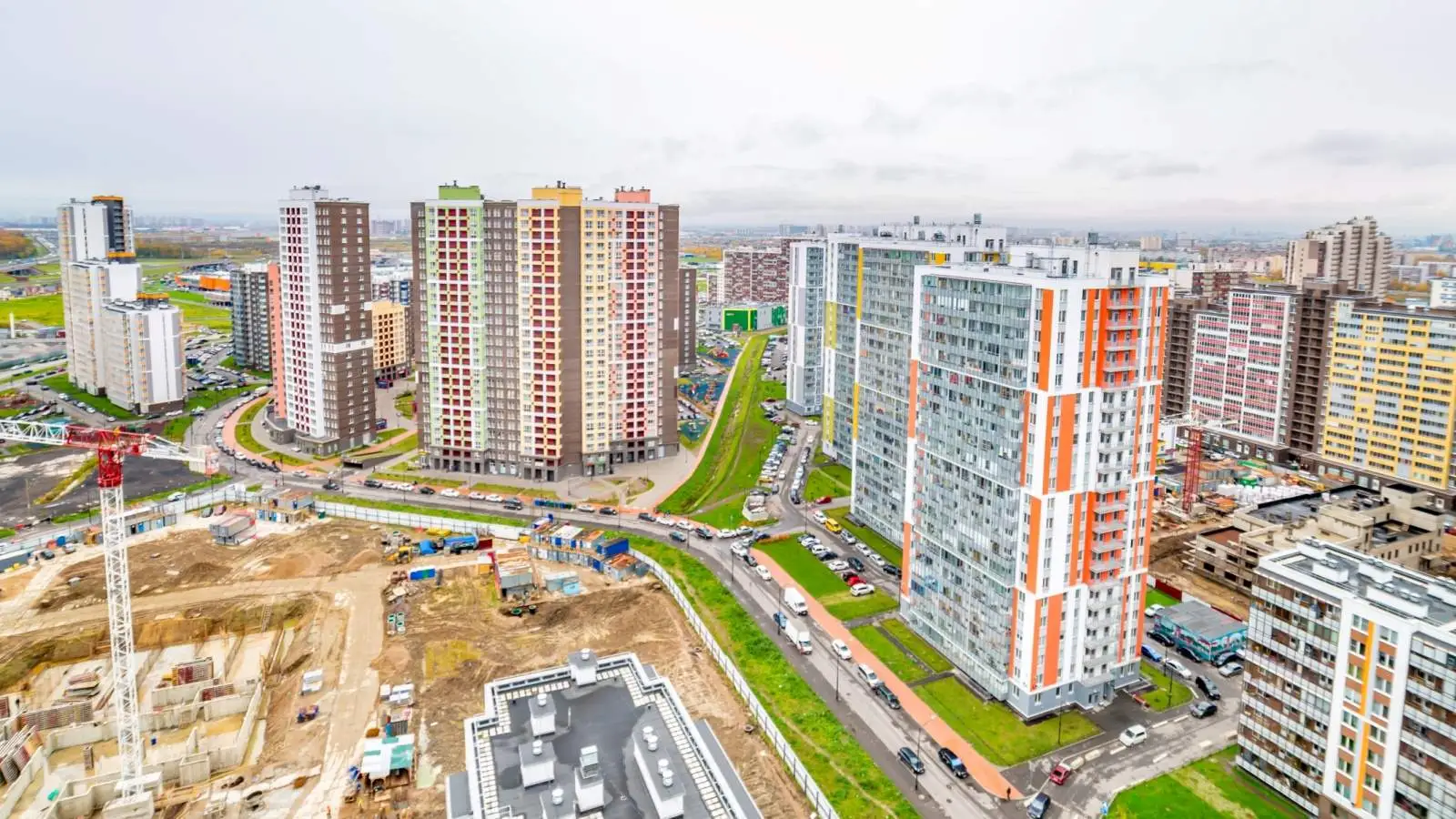Personal Finance News
Buying property in Mumbai, Pune, Thane? Know how ready reckoner rate hike affects homebuyers

3 min read | Updated on April 08, 2025, 14:21 IST
SUMMARY
Ready Reckoner Rate (RRR) is the minimum property price the government sets to calculate stamp duty and registration charges. The RRR hike across Maharashtra for 2025-26 is expected to have significant implications for both real estate developers and property buyers.

RRR hike impacts homebuyers and developers. | Representational image source: Shutterstock
The Maharashtra Government has increased the ready reckoner rates (RRR) by an average of 4.39% across the state with effect from April 1, 2025. This is the second time in three years that the state government has increased this rate.
RRR is the minimum property price the government sets to calculate stamp duty and registration charges.
The RRR hike across Maharashtra for 2025-26 is expected to have significant implications for both real estate developers and homebuyers. This article explains how the hike in RRR will impact homebuyers in the state.
Direct impact on property prices
The ready reckoner rate influences property prices through multiple direct and indirect mechanisms.
According to Dr Prashant Thakur, Regional Director and Head of Research at ANAROCK Group, RRR hike is going to have both immediate and medium-term impact on property prices in the state.
"For home and land buyers, the immediate impact will be felt through increased stamp duty and registration charges, which are calculated based on ready reckoner rates. In the medium term, buyers may see developers transferring their increased costs into property prices, especially in high-demand areas where absorption remains strong," said Thakur.
Indirect impact on development costs and prices
The RRR hike does not directly affect construction costs, which are determined primarily by material and labour expenses.
"However, the rate indirectly impacts overall development costs through various municipal charges, premiums for additional FSI, development fees, and property tax assessments that are linked to ready reckoner values," said Thakur.
"For developers, this hike translates to higher premium payments for additional FSI, development charges, and project approvals, potentially compressing already thin profit margins in a competitive market," he added.
The final selling price of properties tends to rise proportionally when developers factor the increased costs due to the RRR hike into their pricing models. That said, let's have a look at how property prices in Mumbai, Pune, and Thane increased after 2022:
| City | Average Residential Prices in 2022 (INR/sqft) | Average Residential Prices in 2023 (INR/sqft) | Average Residential Prices in 2024 (INR/sqft) | Average Price Movement (2024 Vs 2022) | Average Price Movement (2024 Vs 2023) |
|---|---|---|---|---|---|
| MMR | 11,890 | 13,700 | 16,600 | 40% | 21% |
| Mumbai | 19,980 | 23,000 | 27,750 | 39% | 21% |
| Navi Mumbai | 7,700 | 8,800 | 10,810 | 40% | 23% |
| Thane | 9,700 | 11,200 | 13,230 | 36% | 18% |
| Pune | 6,000 | 6,750 | 7,720 | 29% | 14% |
Source: ANAROCK Research
However, the increased prices didn't lead to a fall in housing sales, as the data below shows.
| City | Housing Sales in 2022 (Units) | Housing Sales in 2023 (Units) | Housing Sales in 2024 (Units) |
|---|---|---|---|
| MMR | 1,09,700 | 1,53,900 | 1,55,300 |
| Pune | 57,100 | 86,700 | 81,100 |
Source: ANAROCK Research
Impact on loan eligibility
Financial institutions often consider government-established values such as RRR when determining loan eligibility. So, increasing RRR can affect a buyer's purchasing power and hence, their loan eligibility.
Related News
By signing up you agree to Upstox’s Terms & Conditions
About The Author
Next Story


